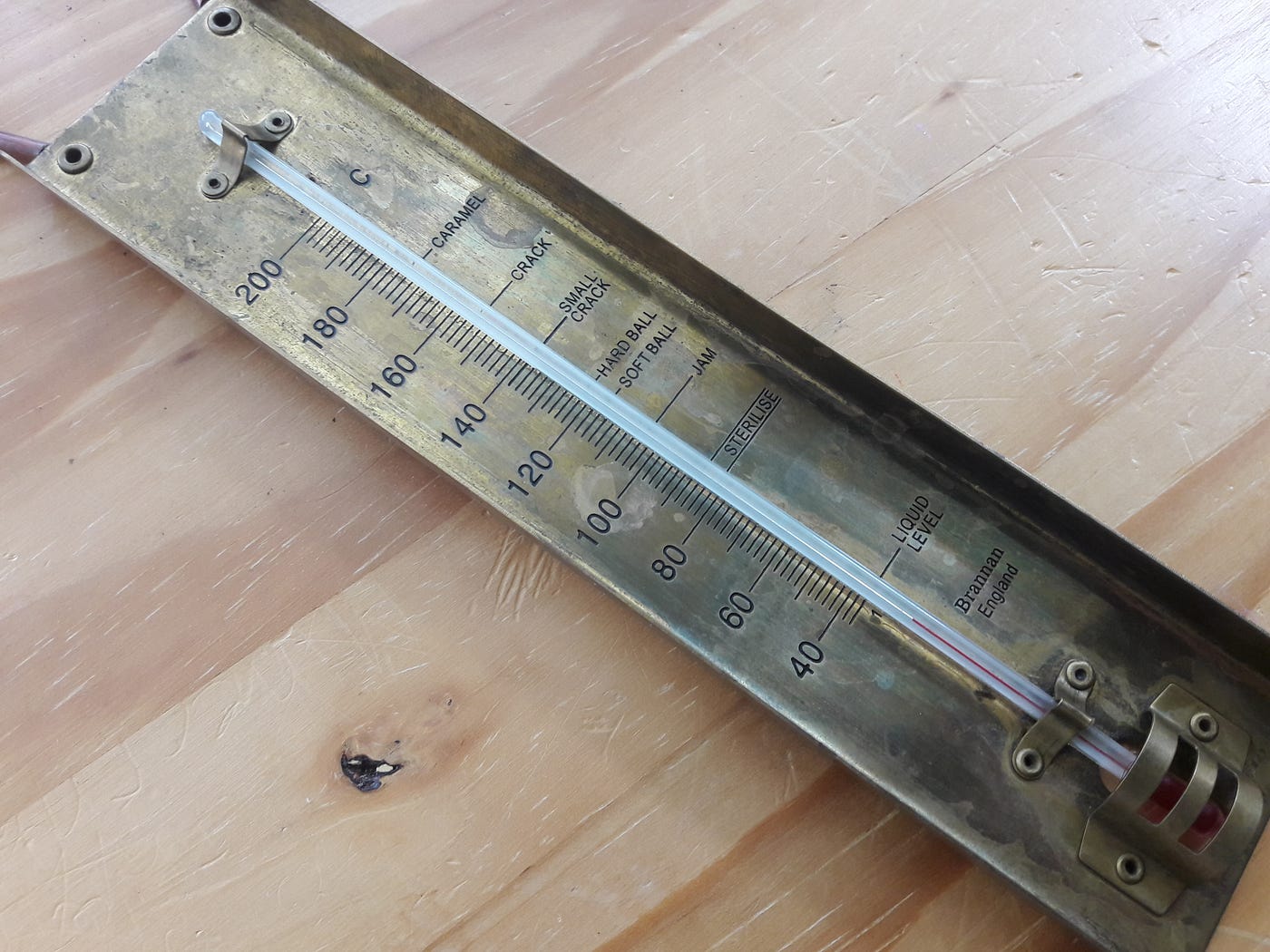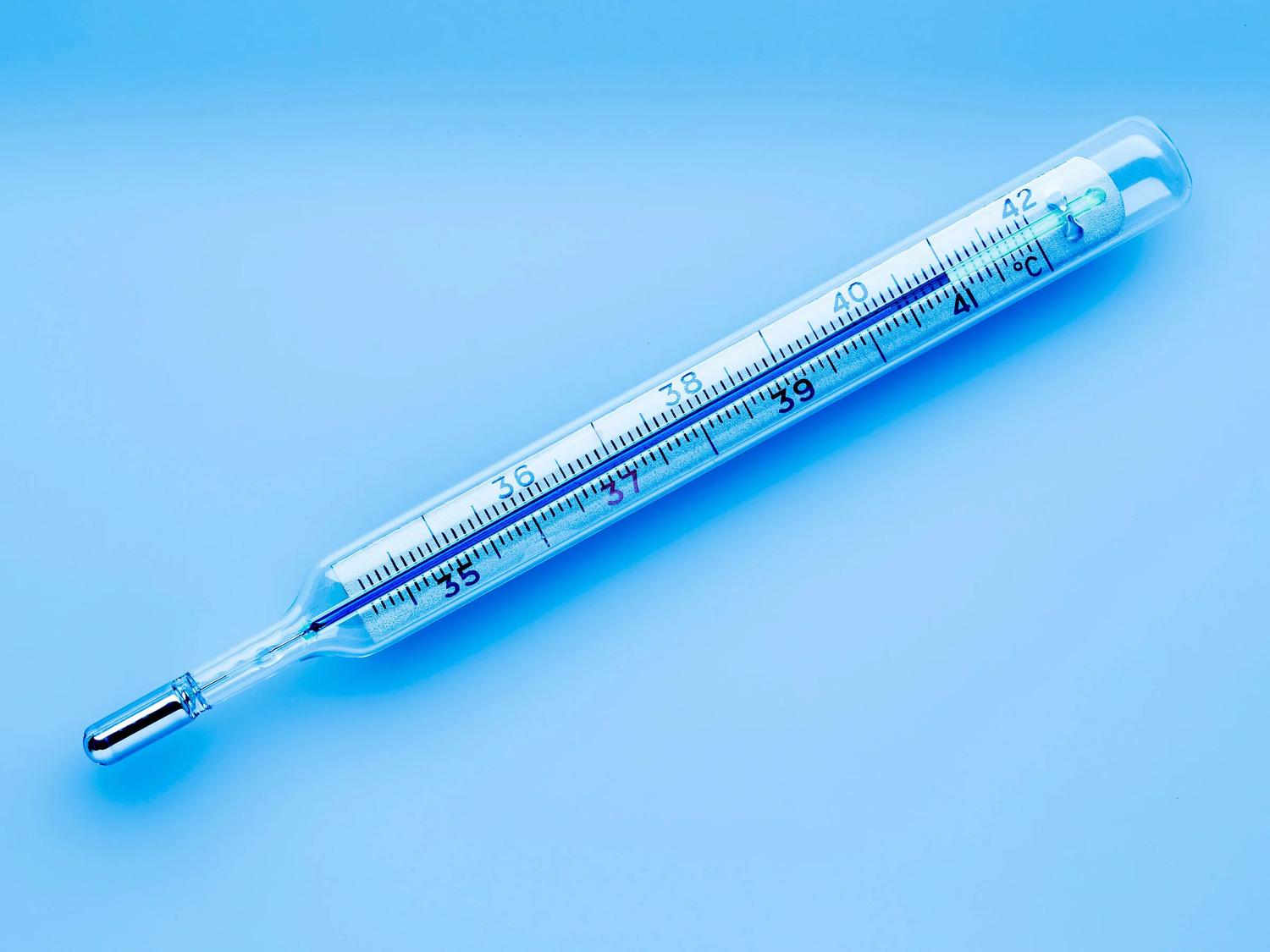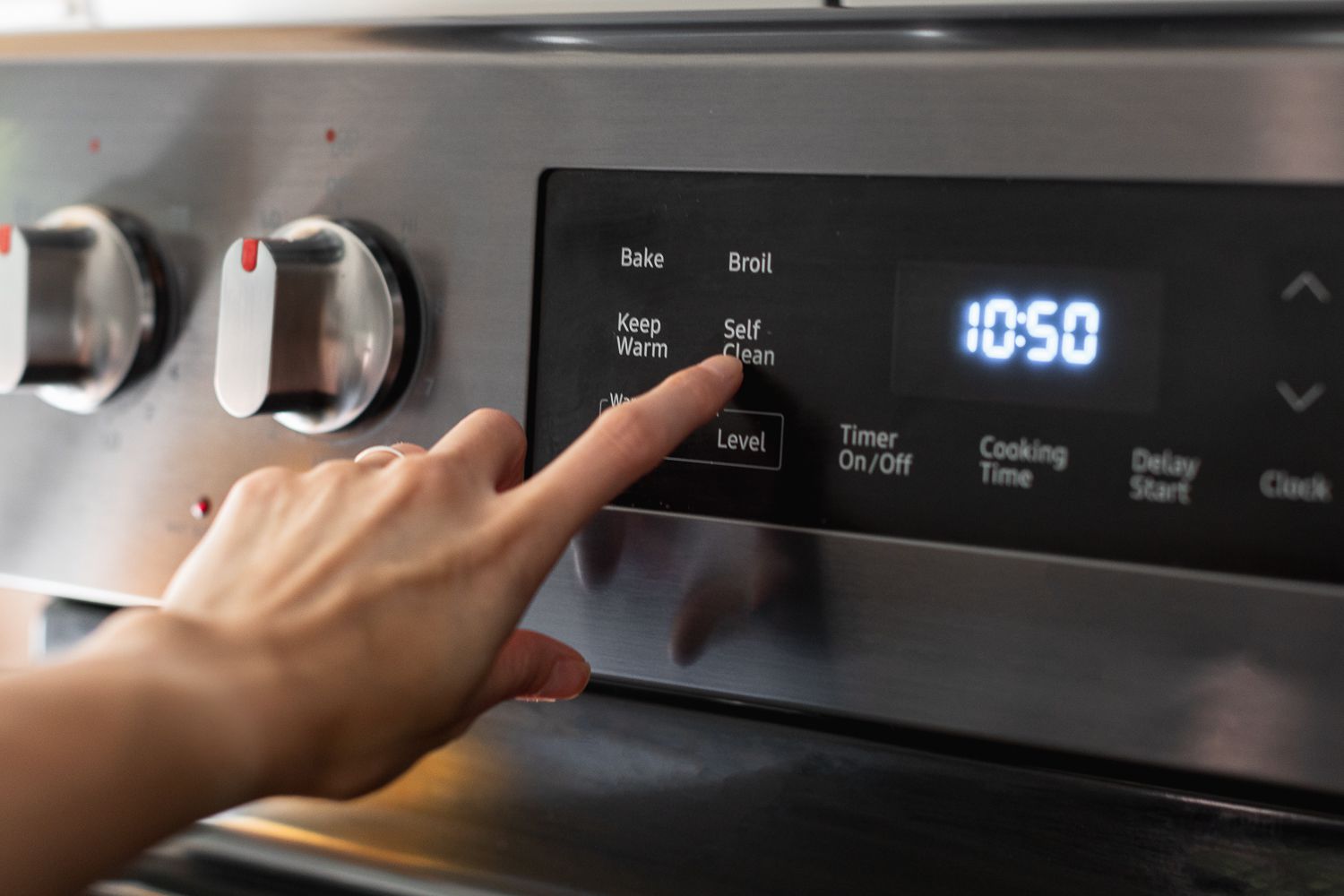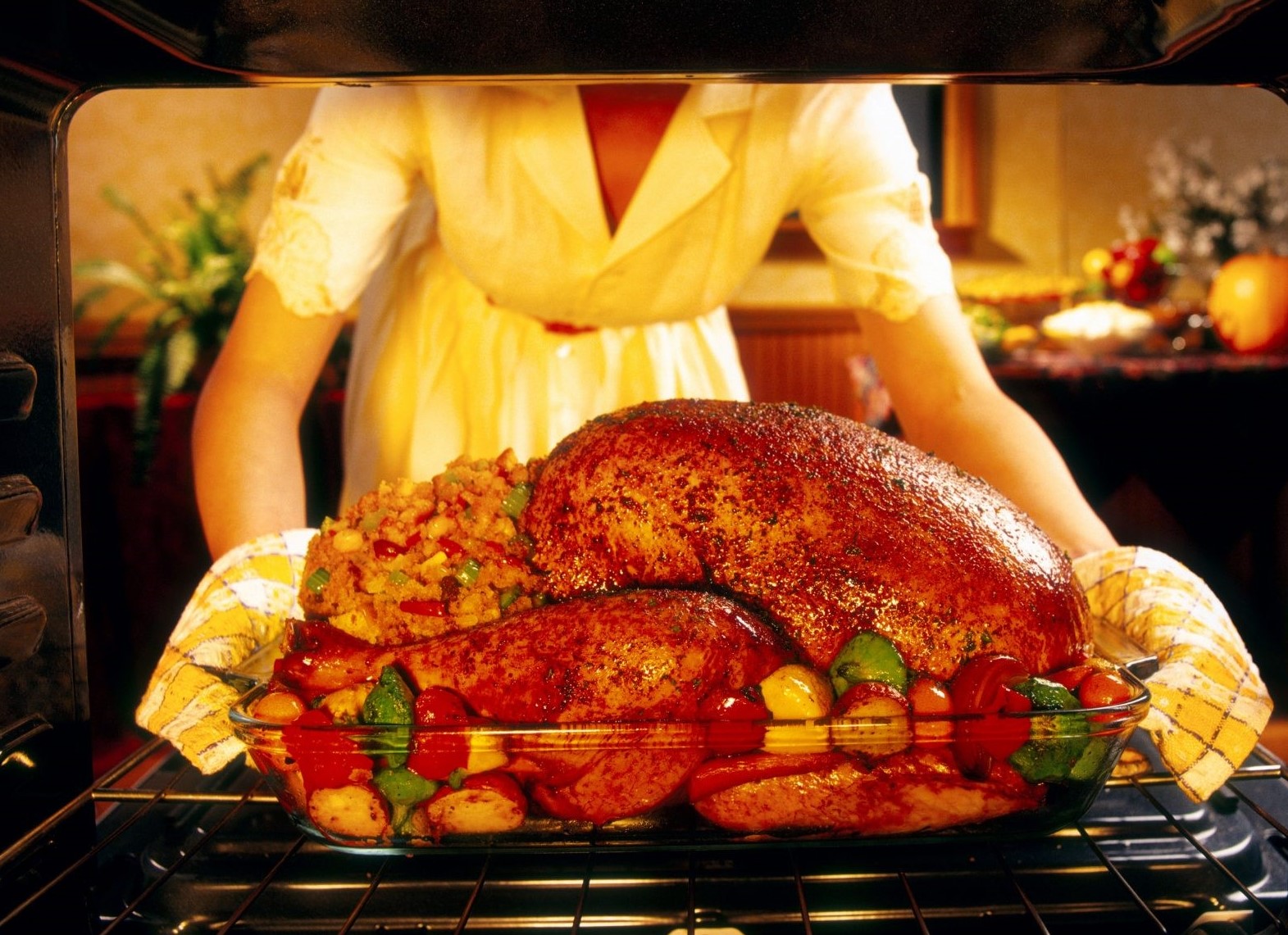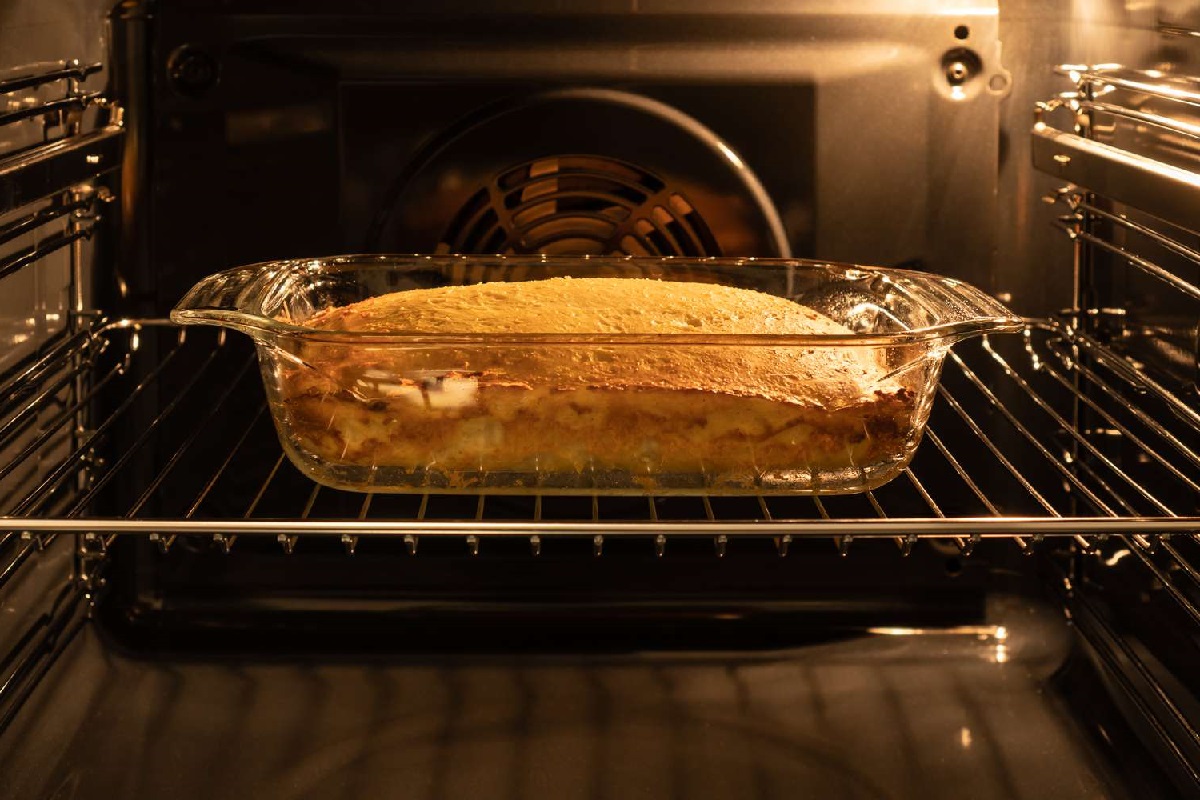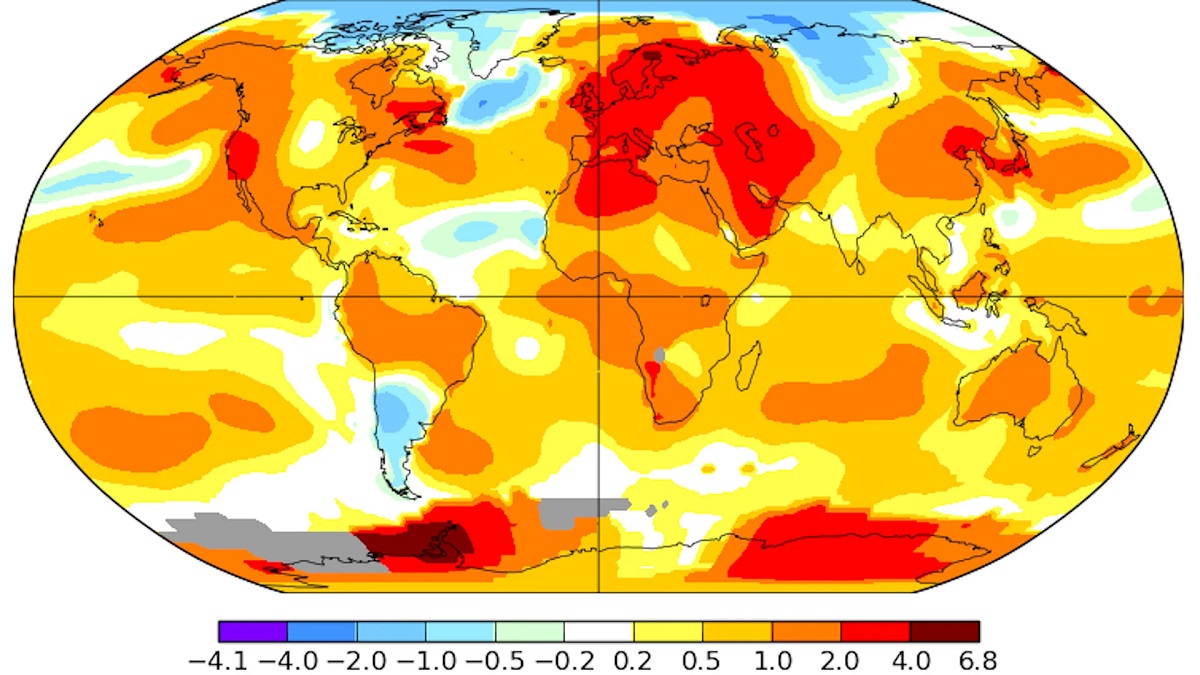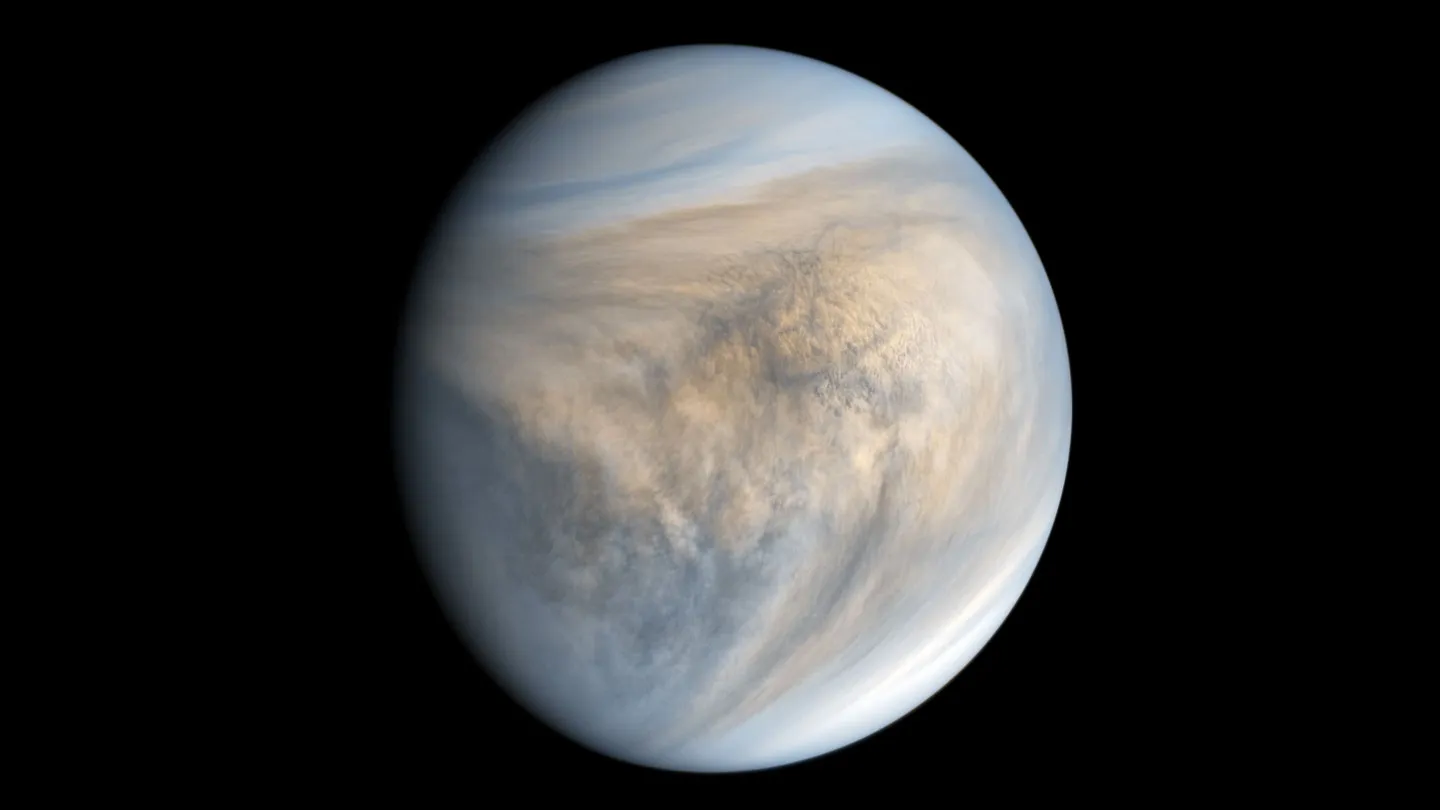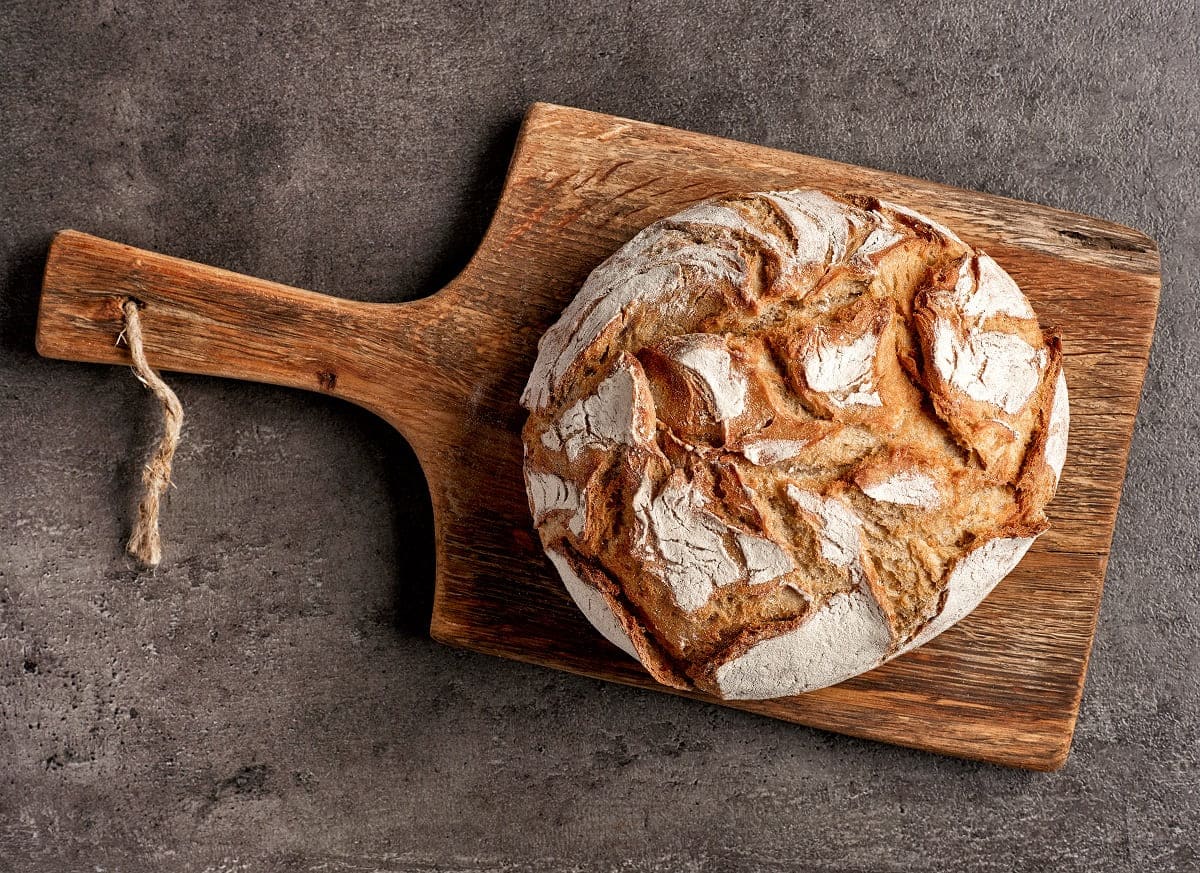Home>Culinary & Beverages>Converting Celsius To Fahrenheit For Oven Temperature
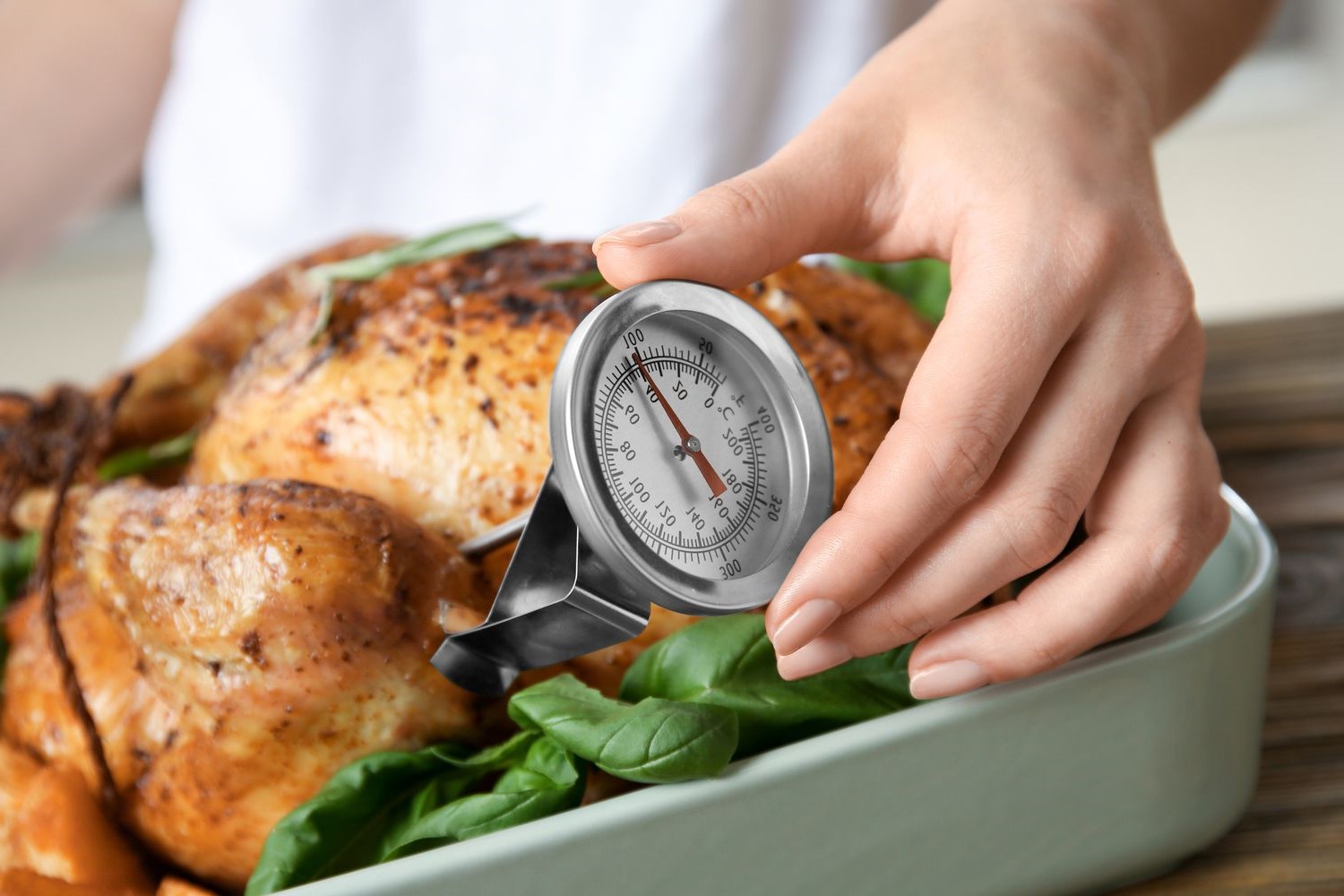

Culinary & Beverages
Converting Celsius To Fahrenheit For Oven Temperature
Modified: May 2, 2024
Convert Celsius to Fahrenheit for oven temperature with our easy culinary and beverages conversion tool. Perfect for cooking and baking recipes.
(Many of the links in this article redirect to a specific reviewed product. Your purchase of these products through affiliate links helps to generate commission for Temperatures.com, at no extra cost. Learn more)
Table of Contents
Introduction
When it comes to baking and cooking, precision is key. The perfect oven temperature can make the difference between a delectably moist cake and a dry, overcooked one. However, for many home cooks and bakers, the challenge lies in converting oven temperatures from Celsius to Fahrenheit. This conversion is essential for following recipes from around the world, as oven temperatures are often listed in Celsius, especially in European recipes.
Understanding how to convert Celsius to Fahrenheit is a fundamental skill for anyone who loves to bake or cook. It allows for seamless execution of recipes, ensuring that the oven is set to the precise temperature required for the dish being prepared. In this article, we will delve into the intricacies of converting Celsius to Fahrenheit for oven temperatures, providing valuable insights and practical tips for achieving culinary success.
Understanding the Celsius and Fahrenheit Scales
The Celsius and Fahrenheit scales are two common units of temperature measurement used worldwide. Understanding the differences between these scales is crucial for accurately converting oven temperatures and ensuring the successful execution of recipes.
Celsius Scale
The Celsius scale, also known as the centigrade scale, is widely used in scientific and everyday contexts. It is based on the freezing and boiling points of water, with 0°C representing the freezing point and 100°C representing the boiling point at standard atmospheric pressure. The Celsius scale is commonly used in most countries outside of the United States.
Fahrenheit Scale
In contrast, the Fahrenheit scale is primarily utilized in the United States and a few other countries. Developed by Daniel Gabriel Fahrenheit in the early 18th century, this scale is based on a mixture of historical and practical considerations. On the Fahrenheit scale, the freezing point of water is 32°F, while the boiling point is 212°F. This results in a total of 180 degrees between the two reference points, making it less intuitive for many individuals accustomed to the Celsius scale.
Key Differences
One notable distinction between the Celsius and Fahrenheit scales is the size of their degree intervals. While one degree Celsius is equivalent to 1.8 degrees Fahrenheit, the Celsius scale is based on a more logical and consistent system of measurement. This makes Celsius conversions more straightforward and easier to calculate, especially when converting oven temperatures for baking and cooking.
Practical Implications
When it comes to culinary applications, understanding the Celsius and Fahrenheit scales is essential for achieving precise oven temperatures. Many recipes from different regions provide oven temperatures in Celsius, requiring individuals to convert them to Fahrenheit for accurate execution. This conversion process is crucial for maintaining the integrity of the recipe and ensuring that the dish is cooked or baked to perfection.
By grasping the nuances of these temperature scales, individuals can confidently navigate the intricacies of international recipes and seamlessly convert oven temperatures to suit their preferred scale. This foundational knowledge forms the basis for successful culinary endeavors, allowing for precise temperature control and optimal cooking results.
Converting Celsius to Fahrenheit
Converting Celsius to Fahrenheit is a straightforward process that involves a simple mathematical formula. Whether you're following a recipe from a European cookbook or adjusting the temperature settings on your oven, understanding how to convert Celsius to Fahrenheit is essential for achieving culinary success. The following steps outline the conversion process and provide a clear method for obtaining accurate Fahrenheit equivalents for Celsius temperatures.
The Conversion Formula
To convert a temperature from Celsius to Fahrenheit, you can use the following formula:
[ text{°F} = (text{°C} times 1.8) + 32 ]
Where:
- °F represents the temperature in Fahrenheit
- °C represents the temperature in Celsius
Step-by-Step Conversion Process
-
Multiply the Celsius temperature by 1.8: Begin by taking the Celsius temperature and multiplying it by 1.8. This step accounts for the difference in the size of degree intervals between the Celsius and Fahrenheit scales.
-
Add 32 to the result: Once you have the product of the initial multiplication, add 32 to the result. This addition aligns with the offset between the freezing points of water on the Celsius and Fahrenheit scales.
Example Conversion
For example, if a recipe calls for an oven temperature of 180°C, you can convert it to Fahrenheit using the following steps:
[ text{°F} = (180 times 1.8) + 32 ]
[ text{°F} = 324 + 32 ]
[ text{°F} = 356 ]
Therefore, an oven temperature of 180°C is equivalent to 356°F.
Importance of Accuracy
Accurately converting Celsius to Fahrenheit is crucial for maintaining the integrity of recipes and ensuring that dishes are cooked or baked at the intended temperatures. Precision in temperature control is especially vital for delicate baked goods, where slight variations can significantly impact the final outcome. By mastering the conversion process, home cooks and bakers can confidently adapt recipes from diverse sources and achieve consistent, high-quality results.
Practical Applications
The ability to convert Celsius to Fahrenheit extends beyond recipe adjustments. It also enables individuals to interpret temperature references in various contexts, such as weather forecasts and scientific measurements. This practical skill empowers individuals to navigate temperature-related information with ease, enhancing their understanding of the world around them.
By mastering the art of converting Celsius to Fahrenheit, individuals can seamlessly bridge the gap between different temperature scales, unlocking a world of culinary possibilities and confidently exploring recipes from around the globe. This foundational knowledge serves as a valuable tool for anyone passionate about cooking and baking, empowering them to create delectable dishes with precision and finesse.
Importance of Accurate Oven Temperature
Accurate oven temperature plays a pivotal role in the culinary world, significantly influencing the outcome of baked goods, roasts, casseroles, and various other dishes. Whether following a cherished family recipe or attempting a new culinary creation, the precision of oven temperature directly impacts the texture, flavor, and overall quality of the final product.
When baking delicate pastries, such as macarons or soufflés, precise oven temperatures are non-negotiable. These confections rely on the perfect balance of heat to rise, develop a delicate crust, and achieve the desired airy texture. Even a slight deviation in temperature can lead to disappointing results, causing these intricate treats to collapse or become overly dense.
Similarly, roasting meats and vegetables to perfection hinges on maintaining accurate oven temperatures. A roast cooked at too high a temperature may char on the outside while remaining undercooked inside, resulting in an unappealing dish. On the other hand, lower-than-ideal temperatures can prolong cooking times, potentially leading to dry, overcooked meats and lackluster flavors.
Furthermore, the importance of precise oven temperatures extends to casseroles, bread, and other baked goods. Inconsistent or inaccurate temperatures can disrupt the chemical reactions that occur during baking, affecting the rise, texture, and overall structure of the final product. This can result in dense, unevenly baked bread or sunken, unappealing cakes, compromising the intended culinary experience.
Accurate oven temperatures are also crucial for food safety. Ensuring that meats, poultry, and seafood reach the appropriate internal temperatures is essential for eliminating harmful bacteria and pathogens. Without precise oven temperatures, there is a risk of undercooking, potentially jeopardizing the health of those consuming the dish.
In the realm of professional baking and cooking, the significance of precise oven temperatures cannot be overstated. Chefs and bakers rely on consistent and accurate heat levels to execute their culinary creations with finesse and reliability. Whether in a bustling restaurant kitchen or a home bakery, the ability to maintain precise oven temperatures is a hallmark of culinary expertise.
Ultimately, the importance of accurate oven temperature transcends individual recipes and culinary preferences. It embodies the essence of culinary mastery, where precision, science, and art converge to create exceptional dining experiences. By recognizing and prioritizing the significance of precise oven temperatures, home cooks, bakers, and chefs alike can elevate their culinary endeavors, ensuring consistently outstanding results with every dish they prepare.
Tips for Converting Celsius to Fahrenheit for Baking
Converting Celsius to Fahrenheit for baking is a fundamental skill that empowers home cooks and bakers to explore a diverse array of recipes from around the world. Whether you're preparing a classic French pastry or attempting a traditional Italian dessert, mastering the art of temperature conversion is essential for achieving culinary excellence. Here are valuable tips to streamline the process of converting Celsius to Fahrenheit for baking, ensuring precision and consistency in your culinary creations.
1. Use a Reliable Conversion Tool
When converting oven temperatures from Celsius to Fahrenheit, leverage the convenience of digital conversion tools or reliable conversion charts. Numerous cooking websites and mobile applications offer user-friendly temperature conversion features, allowing you to swiftly obtain accurate Fahrenheit equivalents for Celsius temperatures. These resources serve as valuable aids, especially when working with recipes that exclusively provide Celsius oven settings.
2. Familiarize Yourself with Common Conversions
While the conversion formula (°F = (°C × 1.8) + 32) provides a systematic approach, familiarizing yourself with common Celsius to Fahrenheit conversions can expedite the process. For instance, knowing that 180°C is approximately 356°F and that 200°C equates to 392°F can facilitate quick mental calculations when adjusting oven temperatures on the fly.
3. Round Off Temperatures for Simplicity
In the midst of culinary preparations, simplicity is key. When converting Celsius temperatures to Fahrenheit for baking, consider rounding off the resulting Fahrenheit values to the nearest 5 or 10-degree increment. This practical approach minimizes the need for precise decimal calculations, allowing for seamless adjustments to your oven settings without sacrificing accuracy.
4. Double-Check Recipe Instructions
Before embarking on a baking endeavor, carefully review the recipe instructions to ensure that you accurately convert Celsius oven temperatures to Fahrenheit. Take note of any specific temperature requirements for different stages of the baking process, such as preheating the oven, initial baking temperatures, and any recommended adjustments during the baking duration.
5. Understand the Impact of Temperature Variations
Recognize the impact of temperature variations on baking outcomes. While slight deviations in oven temperature may not significantly affect certain dishes, delicate pastries and confections are particularly sensitive to precise heat levels. By understanding the implications of temperature adjustments, you can make informed decisions when converting Celsius to Fahrenheit for baking, ultimately enhancing the quality of your culinary creations.
6. Embrace Experimentation and Adaptation
As you delve into the world of international baking, embrace the spirit of experimentation and adaptation. Explore recipes from diverse culinary traditions, and confidently convert Celsius oven temperatures to Fahrenheit to embark on new gastronomic adventures. By honing your temperature conversion skills, you can fearlessly immerse yourself in the rich tapestry of global cuisine, infusing your kitchen with creativity and innovation.
7. Document Your Conversions
Maintain a culinary journal or digital notebook to document your Celsius to Fahrenheit conversions for various recipes. This personalized reference resource serves as a valuable repository of temperature adjustments, enabling you to streamline future baking endeavors and build a comprehensive understanding of temperature conversions over time.
By incorporating these tips into your culinary repertoire, you can navigate the intricacies of converting Celsius to Fahrenheit for baking with confidence and finesse. This foundational skill opens doors to a world of culinary exploration, allowing you to savor the diverse flavors of global cuisine while creating delectable baked goods with precision and expertise.
